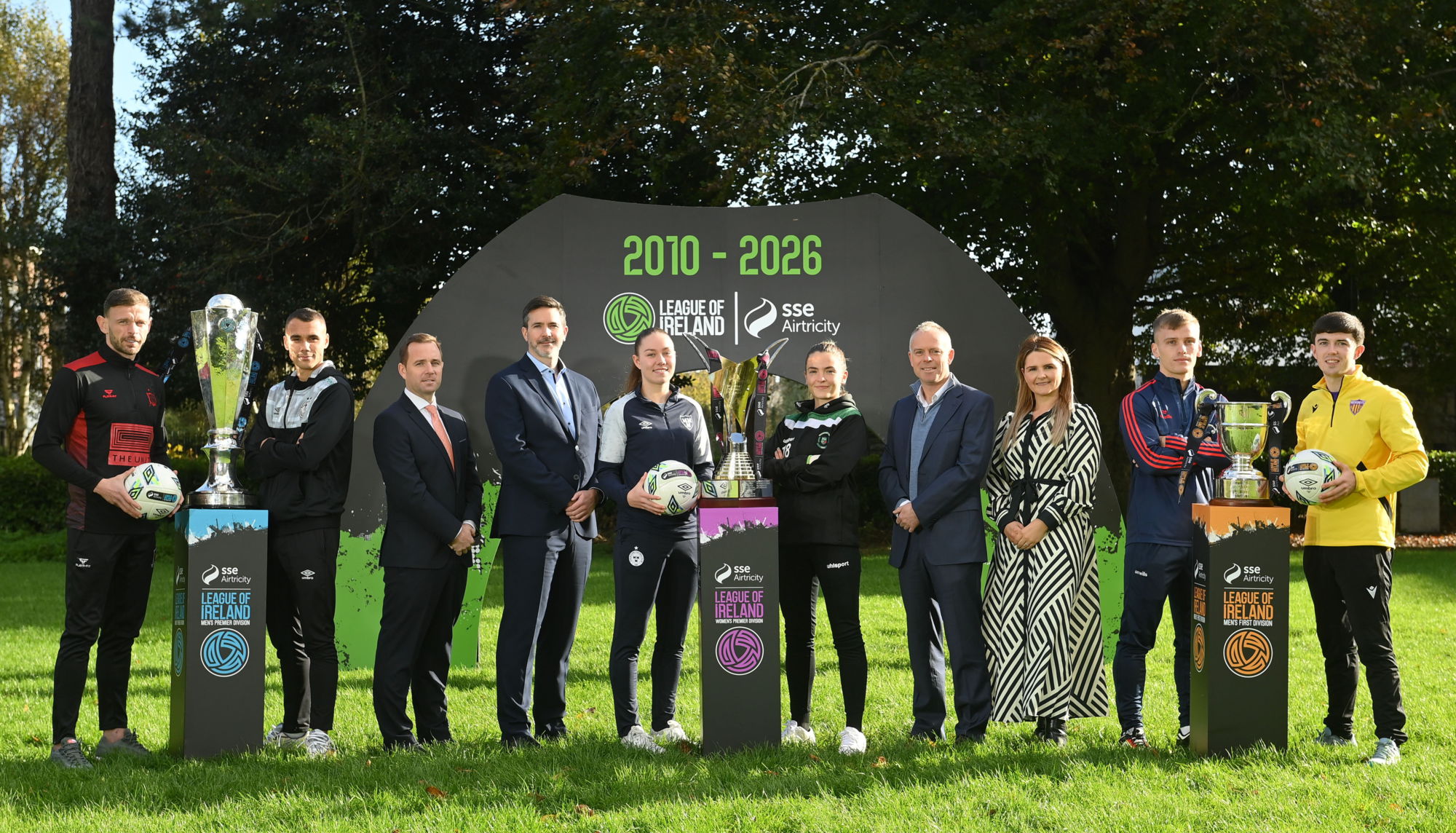A tribute to Ray Keogh - by Gerry Farrell The sad news filtered through in the last week of August that Ray Keogh had passed away. Typical of the man, there wasn't a huge fuss made but perhaps there should have been. After all, he was a true trai
A tribute to Ray Keogh - by Gerry Farrell
The sad news filtered through in the last week of August that Ray Keogh had passed away.
Typical of the man, there wasn't a huge fuss made but perhaps there should have been. After all, he was a true trailblazer.
Keogh was the first mixed-race player to line out in the League of Ireland. He broke the mould and became an inspiration to people like Paul McGrath. He was someone who consistently excelled on the pitch from the late 1950s through to the 70s and he was a crowd favourite wherever he played.
As a mixed-race boy born in Ireland at the outset of the Second World War, Ray didn't have the easiest of starts but he ultimately found a permanent home when he was adopted by the Keogh family from Milltown, South Dublin.
It was a busy household as Ray had several foster siblings during his early life with football always to the fore. Ray played local schoolboy football with Castleville before as moving to that famous nursery club Home Farm club on the northside of the city.
Having grown up in Milltown, it is no surprise that Ray's next port of call was Shamrock Rovers. Despite his talent and versatility, primarily as an outside right (though he played in a variety of positions), first-team opportunities at Rovers were limited for Ray. They had been League Champions in the 56-57 and 58-59 seasons, and their forward line was full of Irish internationals.
A move was needed for Ray to develop as a footballer and initially it was a trip north-west to Longford Town in the 59-60 season. Longford were a “B” division side at the time and his stay was brief. He moved back to the top-flight and to Drumcondra F.C. Based in the north Dublin suburb of the same name. “Drums” were Shamrock Rovers’ great rivals throughout the 50’s.
In his first full season with Drumcondra the club finished as League Champions for 1960-61. Ray played a crucial role in the team's success operating in a number of positions in the Drums forward line, including playing as a second centre-forward alongside that season's top scorer Dan McCaffrey. Ray also won the Top Four Cup with Drums and started the 1961 Cup final, which Drums lost to St. Pat's.
In the European Cup the following season, Drums were drawn against German champions FC Nurnberg in the first round and they succumbed to a heavy defeat. They would would fare much better in Europe the following year in the Inter-Cities Fairs Cup, when Drumcondra made football history by becoming the first Irish side to win a European game on aggregate, defeating Danish side Odense 6-5 over two legs, with Ray playing both games.
Drums were then drawn against Bayern Munich in the following round. Ray didn’t feature in the heavy 6-0 defeat in snowy Munich, however he did return to the starting line-up for the home leg and helped restore some pride as Drums beat Bayern 1-0 with Ray providing the assist for Billy Dixon to score the winning goal.
He would also win representative honours representing the League of Ireland selection on a number of occasions. Inter-league games were usually against British and occasionally mainland European league selections and were considered to be highly prestigious at the time. The fact that Ray, on several occasions, was judged to be among the best players in the league and worthy of selection is testament to his ability.
Ray would then spend two seasons with Ards with the team itself struggling at the lower end of the Irish League table as well as brief, unhappy spell with Portadown. Despite playing north of the border Ray remained based in Dublin. He had a good job as a mechanic with Premier Dairies that he was loath to give up.
Ray's next club would take him to the other end of the island, where he would spend a season lining out for Cork Hibernians before moving again after the arrival of former Irish international Amby Fogarty as player-manager. This move was to Drogheda F.C. During his time with Drogheda, the best that the team would achieve would be a 5th place league finish in 1967-68. They would make it to the Cup final of 1970-71, but by that stage Ray had moved on to pastures new.
By then on the wrong side of 30, Ray would drop out of senior football and move into coaching, first with Tullamore Town where as player-manager he would win the Intermediate Cup and the League of Ireland “B” division, and then on to Parkvilla F.C. based in Navan and later Bluebell United who he coached to another Intermediate Cup success.
He may not have won the most medals or scored the most goals, but Ray Keogh made a significant impact on the domestic game. Rest well!



